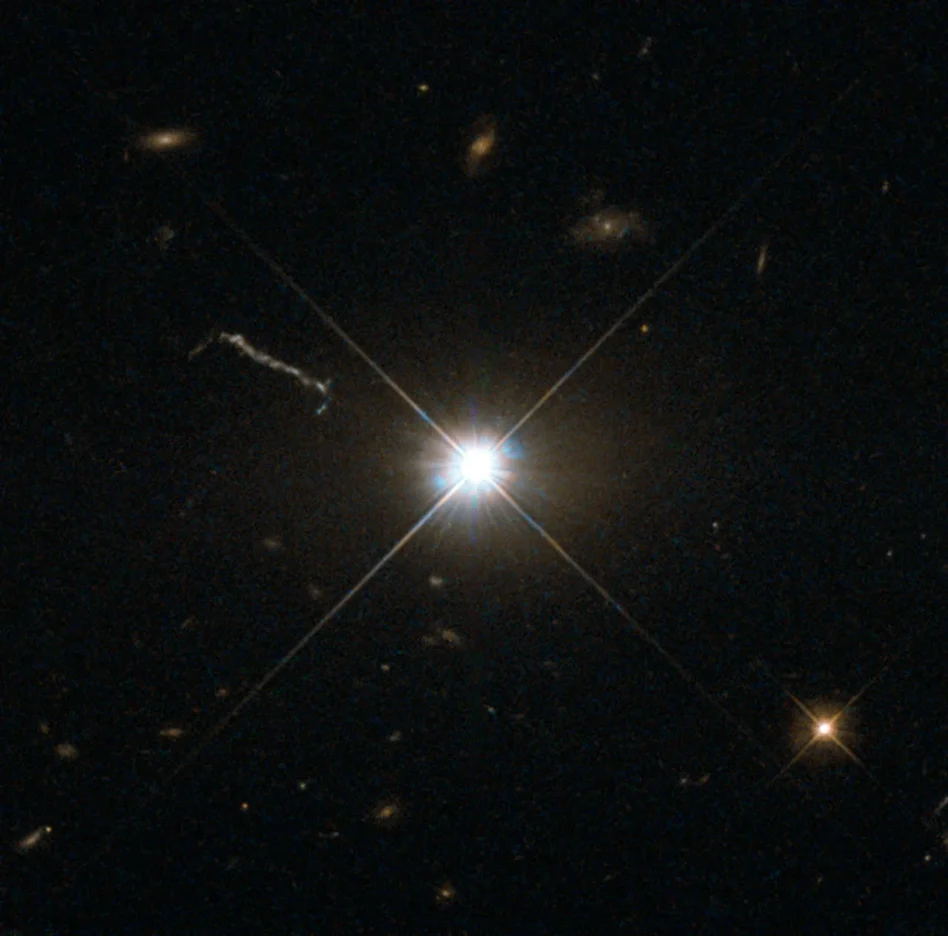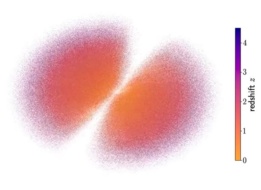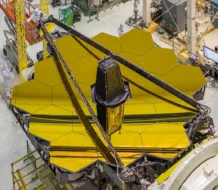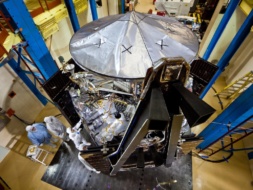The brightest object in the universe—or at least, the brightest we’ve seen yet—shines 500 trillion times brighter than the Sun, and it eats a Sun a day.
Objects like these are rare, and despite their objective brightness, remain elusive and hard to spot. This record-breaker was first spotted in 1980 and mischaracterized as a regular old star. Then, in a study conducted by a team out of Australia using the Siding Spring Observatory, it was recast as a quasar. Observations published Monday in Nature Astronomy and collected by the European Southern Observatory (ESO) then confirmed that it was the brightest quasar ever seen.
“It is a surprise that it has remained unknown until today, when we already know about a million less impressive quasars,” Christopher Onken, an ANU astronomer and co-author of the study, said in a release. “It has literally been staring us in the face until now.”
Shining bright: Quasars are the most energetic objects in our universe. They sit at the center of massive galaxies and are fueled by supermassive black holes surrounded by massive discs of debris. As the black hole draws that debris in, it heats up, and energy is expelled violently into the void of space.
- The accretion disc for the giant quasar identified in this study is seven light-years wide.
Hungry hungry halo: The ESO observations of the giant quasar reveal that the object devours material at, frankly, an unreasonable pace. Already, it has a mass equal to 17 billion Suns, and it’s eating a new one every day.
At a pace like that, it’s hard to believe that it took so long after the object’s discovery to identify it as the monster it is. One major reason for that is simply the distance—it took 12 billion years for light from this quasar to reach telescopes on Earth.
What’s next? Such a giant object makes a fun target for new observations. ESO is already planning to deploy a new instrument that can measure the mass of black holes at a vast distance, and this distant, luminous quasar is on the list to study further.




